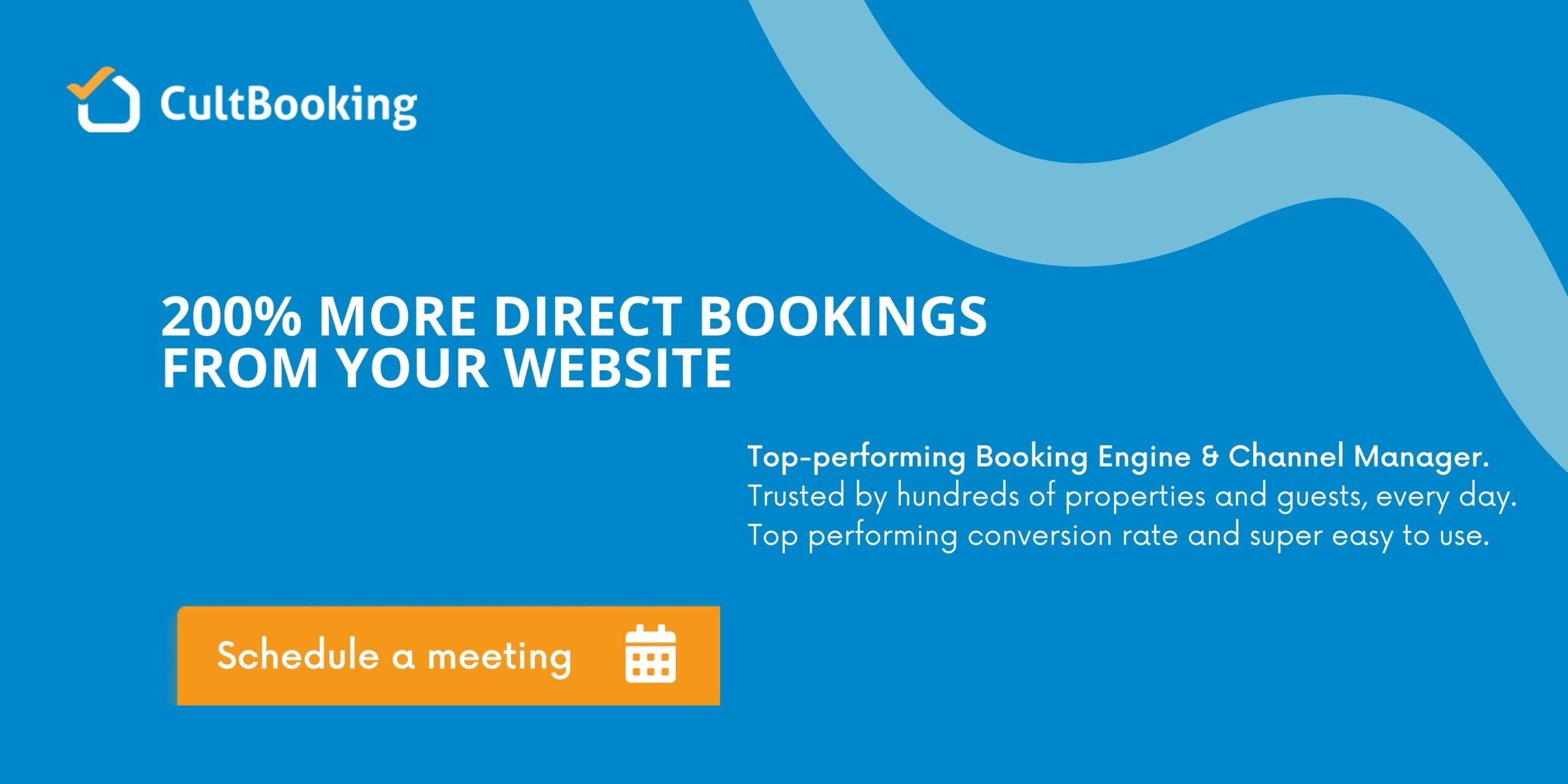7 Ways To Boost Hotel Profits Using Rate Parity
One could make the case that the hotel management vertical has the most issues when it comes to third-party profitability among all industries. That’s because hotel rooms are predominantly sold through online travel agencies or OTAs.
When a hotel sells via OTA channels, it takes a toll on its profitability for a variety of reasons. This is an issue everywhere, not to mention that hotels have to come up with strategies to market their hotel through this pandemic.
Then there’s hotel rate parity. A simple Google search of this term will give you tons of information with sometimes polarizing views about whether or not it’s a good thing. This article will discuss what parity is and how hotels can turn it to their advantage.
What is Parity?
Parity, or more specifically, hotel rate parity, is the practice of maintaining consistent room rates across several distribution channels. This is often part of the agreement between hotels and OTAs.
In simpler terms, a hotel needs to offer the same rates on its official website and other booking platforms. That makes it challenging for hotels to manage pricing and revenue, especially after giving OTAs commission for their services. But since OTAs have the marketing tools and tricks to book more people, hotels also see that as an irresistible means to drive revenue.
Naturally, OTAs will want rate parity clauses to keep hotels from attracting guests with discounted direct bookings instead of going through an agency.
It’s obviously a catch-22 situation from the hotel’s point of view. The challenge now is for them to embrace rate parity and find ways to cope with the conundrum. Below are several strategies to win the rate parity game.
1. Offer more value than OTAs
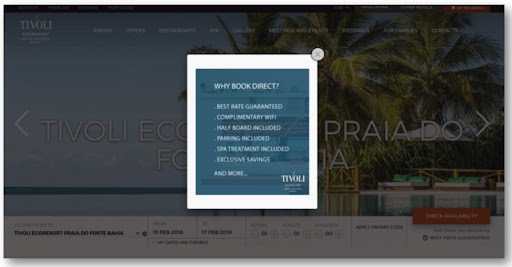
It’s true that OTAs have the power of stronger visibility because of their growth hacking tools. However, attracting guests must not only depend on providing monetary value in the form of discounts, just like what most OTAs offer. Hotels can beat them by offering more value.
One of the most common ways is to make exclusive offers to give guests a reason to book with your hotel directly. We all love it when we get something extra for free, don’t we? Offering your potential guests special deals that would get them more value for their money is a sure-fire strategy.
Again, don’t stop at discounts. You can also offer room upgrades, complimentary breakfast, free in-room wifi, and room service.
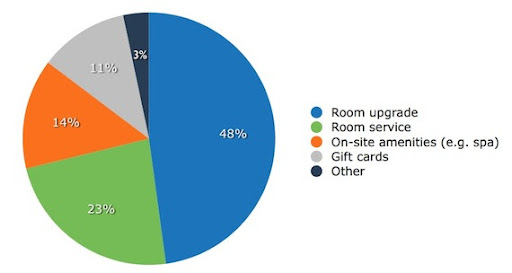
As you can see, almost half of travelers would be most likely to make a direct booking if a hotel offered a room upgrade as an incentive. Next to that is free room service. These are all simple yet effective provisions that you can offer should they decide to book directly. It’s your hotel; you know how you can add more value. Focus on your hotel’s strengths and build on them.
Also, don’t forget the value of personalized service. Going the extra mile for those who choose to book with you directly will go a long way, especially in terms of customer loyalty. For guests to recognize that direct booking offers more value than booking through OTAs, you must establish trust, provide a personalized experience, and uphold authenticity.
2. Fine-tune your targeting
Just because you’re not a full-fledged marketing agency doesn’t mean you can’t perfect your audience targeting.
Your hotel is unique and has its own character, and there’s no one else who knows it better than you. That’s a kind of power that OTAs don’t have, so use it to your advantage. Make adjustments to the way you target potential guests by configuring your ads and aligning your messaging.
And because you know your guests better than anyone, you no longer need advanced marketing tools to gather data. Everything is already ingrained in your mind after many years of experience. All you need to do is use that information to reach out to targeted audiences.
In the marketing sphere, that piece of data is called “buyer persona.” It’s most useful when you’ve put out sponsored social media posts or website banner ads to promote your hotel.
For example, this hotel specifically targets guests who will be working remotely:
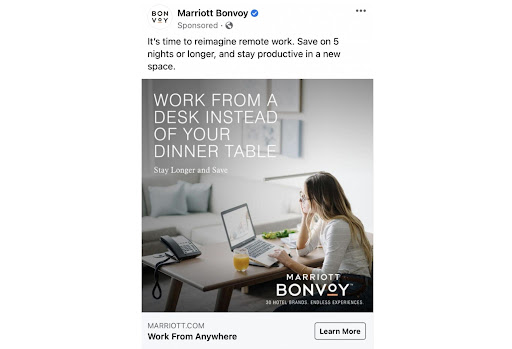
You can also look at other criteria in fine-tuning your targeting. You can highlight amenities or specials that resonate differently with older and younger demographics. If your rates are too not ideal for lower-income families, you can adjust your targeting so your ads only show to audiences identified as higher-income.
The more you publish ads that appeal to a certain group’s interests, the more likely you’ll increase your conversion rate. You can even work with brand ambassadors or host online events to get the attention of specific demographics.
3. Take care of your repeat customers through loyalty programs
OTAs also have loyalty programs, but they revolve around using their site to book at any hotel; they don’t necessarily have anything to do with yours. That’s another power you have that OTAs don’t. When you create a loyalty program, it’s all about your hotel.
There’s also a huge advantage when you market directly to loyal customers. The connection becomes more personal, and it often leads to long-term relationships.
Rewarding loyalty will ultimately build a stronger brand among frequent travelers because they’re the ones who are more likely to search for hotels that offer exclusive perks for repeated bookings.
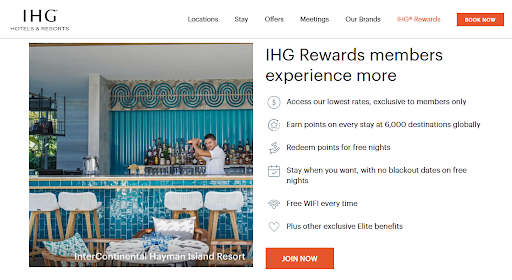
When creating a loyalty program, the first thing to remember is to define what loyalty means to your hotel. Ensure all information is laid out as clearly as possible, identifying black-out dates (i.e., national holidays, three-day weekends, or high season) and the time frame for which points expire.
The next important thing is to make it as personal as possible. Don’t use a one-size-fits-all approach to taking care of everyone who regularly books at your hotel. Rewards need to be based on some kind of categorization assigned to each guest or group. You can make use of free task software to help you group loyal customers into segments or lists.
For instance, corporate guests may be more attracted to a free shuttle service or a complimentary drink as rewards. Family vacationers may want to get a free spa service or complimentary tickets to shows. Younger guests love having free WiFi access and digital subscriptions, or even physical freebies like a tote bag full of skincare products. Work with online printing services to come up with friendly brochures and catalogs as parting gifts for repeat customers. These personal touches are essential so that each loyal guest will have their own unique loyalty program journey.
4. Revamp your website
If you don’t have the budget to invest in advanced tools to maximize conversions, you can at least increase your spend on revamping your website. Why? A hotel website’s design is a massive influence on the behavior of customers in any industry, whether you’re in the complex business of digital assets like NFTs or something as straightforward as selling mannequins.
For hotels, website design should be a priority if they want to boost profit while fighting the rate parity battle.
Potential guests usually don’t completely trust the information and the images they see on third-party booking sites, so if they’re interested in your property, they will most likely visit your official website. If they aren’t thrilled by its design, you can’t expect them to book a room.
How and where do you start? One of the basics is to compare your hotel website with others. Below is one of the best hotel website designs of 2021 according to Design Rush:
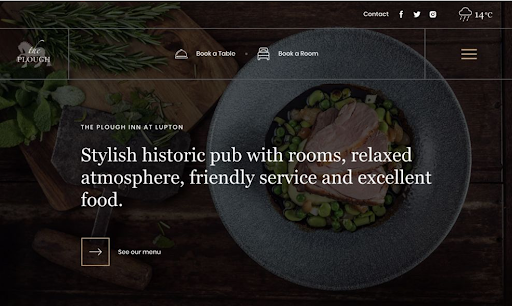
Looking at other designs allows you to discover inspiration and decide what will work best for your property. Chances are, you’ll find an element or two that’s missing from your website.
Also, consider the fact that hotel website design best practices constantly change, so it’s vital to assess your website regularly and decide if it needs another makeover. Of course, it’s not just about looks; you also need to make sure that your website’s content marketing is strategic and of high quality. For customer support, you can also set up forms that collect inquiries and email registrations into a CRM with a predictive dialer for your outbound sales team to work on.
5. Use metasearch engines
Metasearch has become a massive player in the hotel industry in the last couple of years, bringing in billions of dollars and making it the fastest-growing channel for hotel advertising in the world.
A metasearch engine is quite simply a search engine. It works by sifting through hotel rates and availability on other websites and displaying the combined results, all in one place.
Some of the most popular metasearch engines are Tripadvisor, Trivago, and Webjet, to name a few. Although both are working together to gain wider online exposure and drive more bookings for small and large hotels alike, metasearch engines and OTAs have different business models.
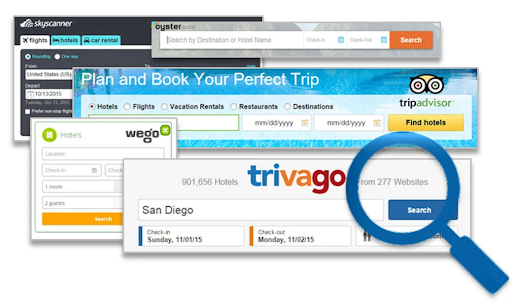
Metasearch engines allow smaller properties to be on the same playing field as larger hotel chains. Typically, they will enable you to use a pay-per-click bidding model, which can help bring your ad to the top, bringing more traffic to your official website. But in more recent trends, you can use commission-based instant booking models, which offer lower commissions than OTAs.
6. Improve your booking process
Restaurants need to upgrade their online ordering system, and eCommerce stores need to optimize listings. In the same vein, hotels also need to improve their booking process.
If hotels want to overcome the rate parity issues, their booking process needs to be better than or at least on par with OTAs. Guests won’t prefer booking with you directly unless you give them a seamless and convenient process centered on user experience and cybersecurity.
A reliable hotel booking system must not lack any basics: availability of online payments, automatic email confirmations, and a dynamic overview of each property complete with necessary information.
But aside from that, it must also have other essential features like a mobile app version, communication and review portals, and of course, fast loading times.
A well-optimized booking system is a reliable way to keep your guests coming back to your website and booking at your hotel directly.
7. Hire a Channel Manager to improve your distribution strategy
A solid distribution strategy is vital in making sure those rooms are booked season after season.
Any hotel manager will tell you, however, that it’s not a walk in the park. The utter volume of channels available is already bewildering, and on top of that, you have to decide which ones will work best.
In those cases, it’s good to hire a channel manager. That person can help you effortlessly connect to several distribution channels so that you won’t have to log into multiple extranets to update room rates.
Having someone to take that off your plate will save a lot of your time and make the entire process more streamlined.
Look for a channel manager who is already familiar with your current tools or someone who can introduce a better method. That person (or third-party vendor) should also have connectivity with various distribution channels such as:
- Online travel agencies (OTAs)
- Vacation rental platforms like Airbnb and Homeaway
- Brick and mortar travel agencies
- Your hotel website and booking engine
Suppose you would like to handle distribution yourself and have the budget to acquire software as a service. In that case, you can take a look at tools that allow you to update multiple online booking sites automatically every time a change in availability, pricing, or restrictions occurs.
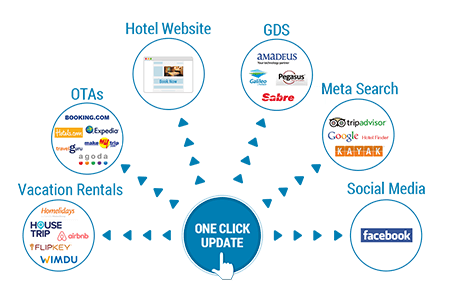
With channel management software, updates can be made in real-time, without human intervention. You will have a centralized dashboard so you can do everything from a single interface.
CultBooking is here to help you with your needs for Channel Management and for direct bookings via the Booking Engine. Feel free to schedule a meeting and learn more about the benefits of online distribution.
Conclusion
Rate parity is tricky and may pose particular challenges, but you shouldn’t give up on it. You only need to remember that it requires team effort, dedication, technology, and clear procedures across the brand to use it to your advantage.
It all boils down to having a well-planned strategy. The goal is to achieve more direct bookings at a lower cost of acquisition and reduce OTA dependency. Focus not only on rate parity but also on improving the overall guest experience to boost your direct bookings.
Author Bio
Burkhard Berger is the founder of Novum. You can follow him on his journey from 0 to 100,000 monthly visitors on novumhq.com. His articles include some of the best growth hacking strategies and digital scaling tactics that he has learned from his own successes and failures.
Author Picture:


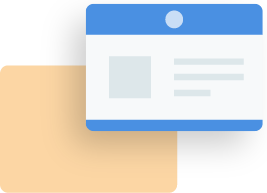
 info@cultbooking.com
info@cultbooking.com  0049 30 726225 0
0049 30 726225 0 
